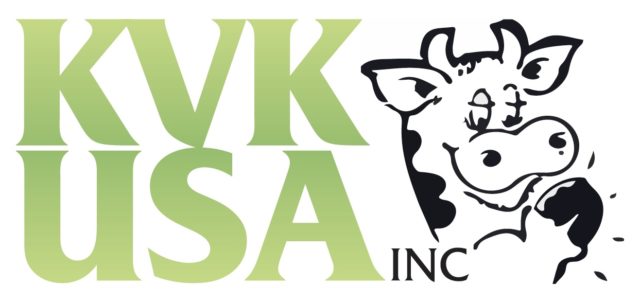Animart Inc. hosted their second continuing education (CE) course for certified veterinary technicians (CVTs). The course was highlighted by a four-credit calf necropsy lecture and lab on Friday, Aug. 29, 2014, at Globe University – Appleton in Appleton, Wisconsin.
CE classes are approved by organizations, such as American Association of Veterinary State Boards (AAVSB) and Registry of Approved Continuing Education (RACE), which verify education standards are met.
CVTs need to complete 15 credits every two years to meet the standards set by the state licensing boards. Animart continues to search for relevant programs that pertain to CVTs career paths and also are helpful when assisting veterinarians.
“Finding CE classes in the state of Wisconsin that I not only earn credits from, but are free, is nearly impossible,” said Jessie Cox, CVT program attendee. “The knowledge and personal experiences Dr. Lauer brought to class are not only beneficial, but necessary to the future of veterinarians and producers.”
The Animart calf necropsy course was instructed by professional services veterinarian, Dr. Vicky Lauer, and covered three key points: “questions to ask a producer before performing a necropsy,” “proper necropsy technique,” “keys to sample collection” and included a hands-on demonstration.
“Necropsies don’t take a lot of time and are an undervalued diagnostic tool,” said Lauer. “If completed correctly, they provide a wealth of information, especially when it comes to calves.”
Lauer received her DVM from the University of Missouri – Columbia. She has been a member of the Animart professional services veterinarian team since September 2013, and along with her duties working with producers to improve herd health, she has demonstrated a passion for improving calf health on-farm.
One of the calves necropsied at the CVT course died at three days of age with signs of pneumonia. It had a severe birth defect where its heart and lungs were in its neck and the rumen was in its chest cavity. If the calf would not have been necropsied, its death would have been labeled as severe pneumonia. Now the farmer doesn’t have to worry about a possible outbreak in pneumonia.
“There was absolutely nothing that could have been done to prevent or treat the calf,” said Lauer. “Although every case may not be this straightforward, necropsies can oftentimes confirm or rule out many diseases with just the naked eye.”
All of the calves used in the lab were donated by local farms. The information gathered by Lauer and the CVTs is then passed on to the producer who can take this knowledge and adjust any practices in the future.
“I want to thank the local producers who donated these calves,” said Dan Ellsworth, president of Animart. “Without them, the knowledge and instruction for this demonstration would be lost.” PD
—From Animart Inc. news release






